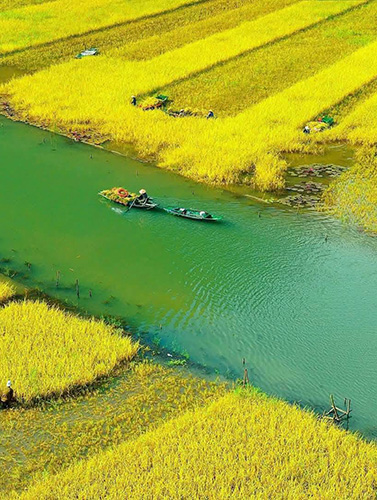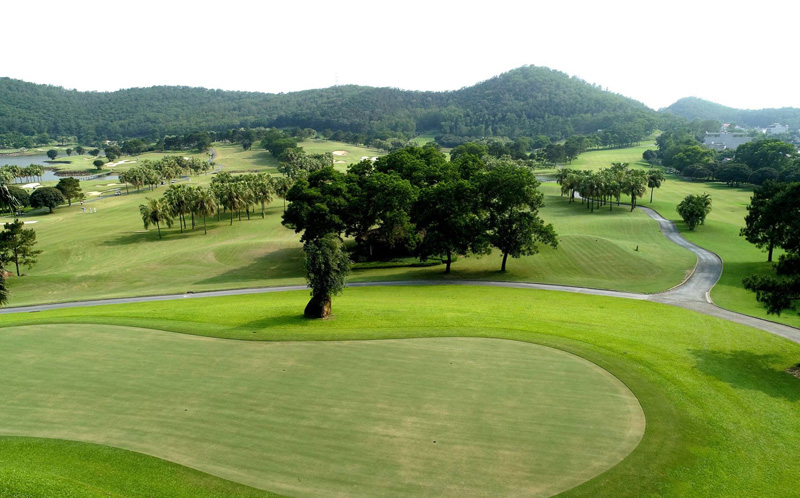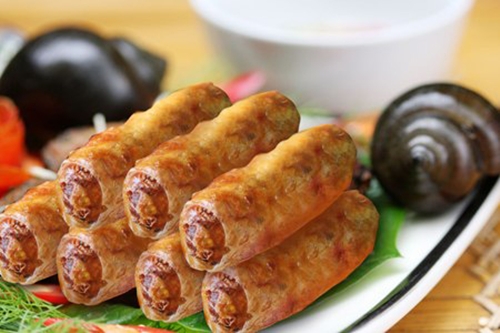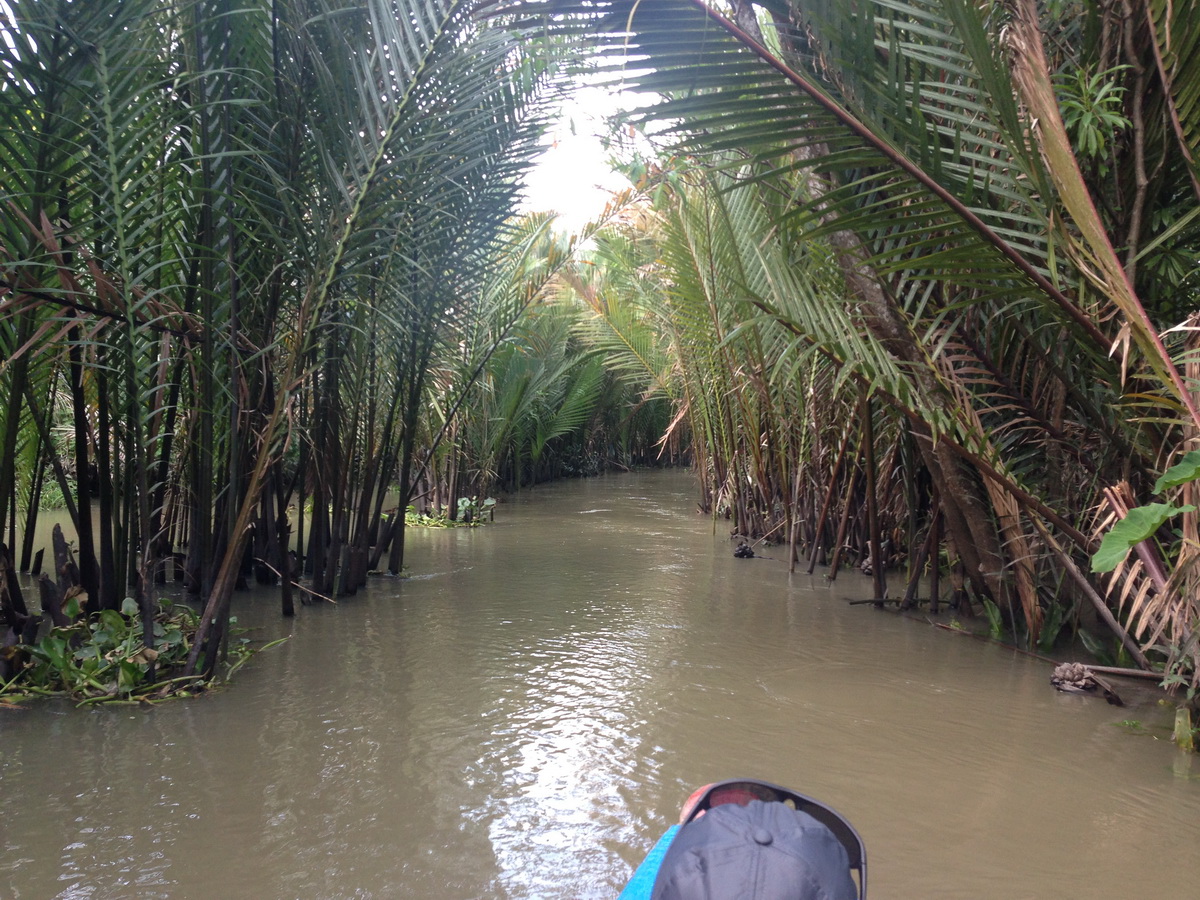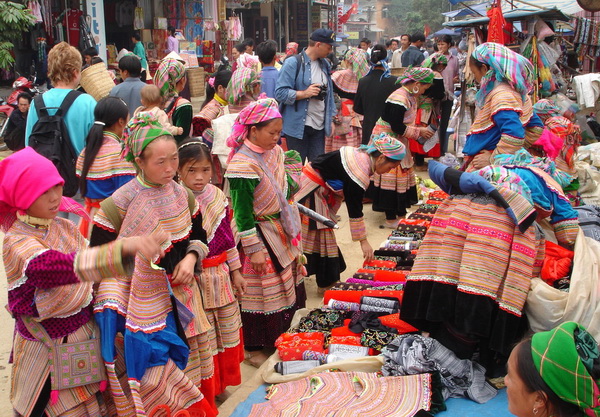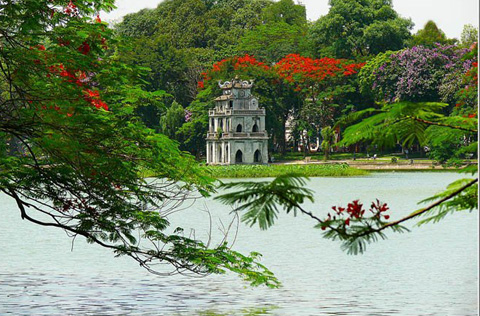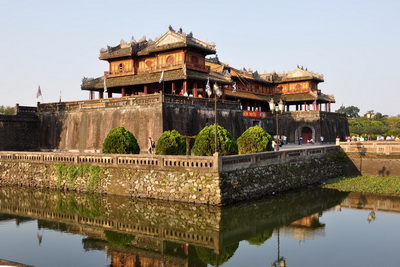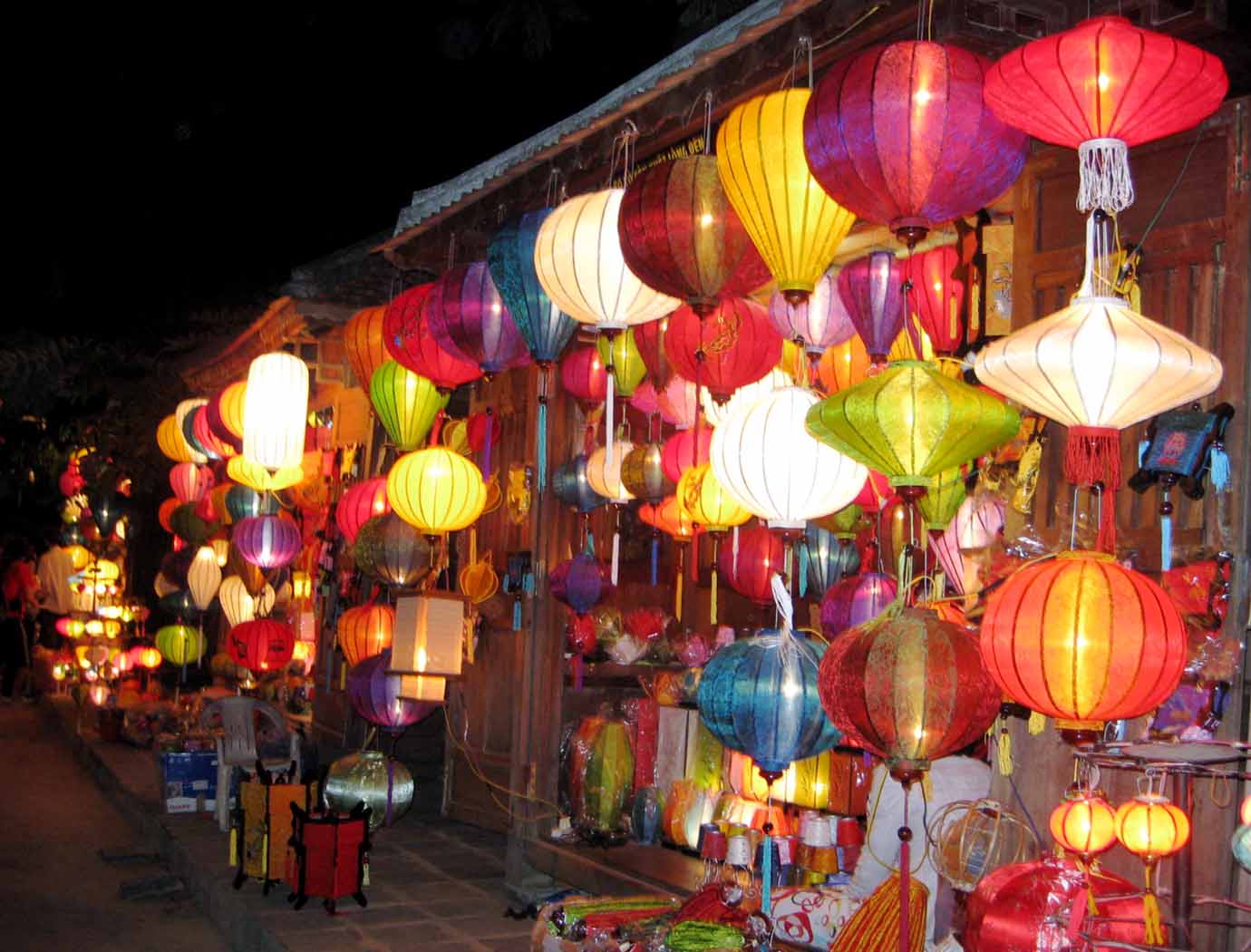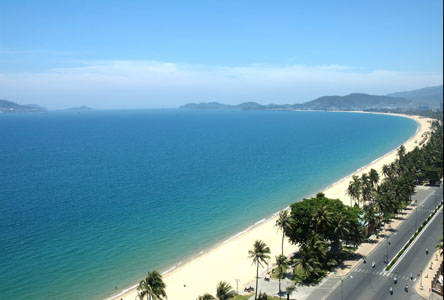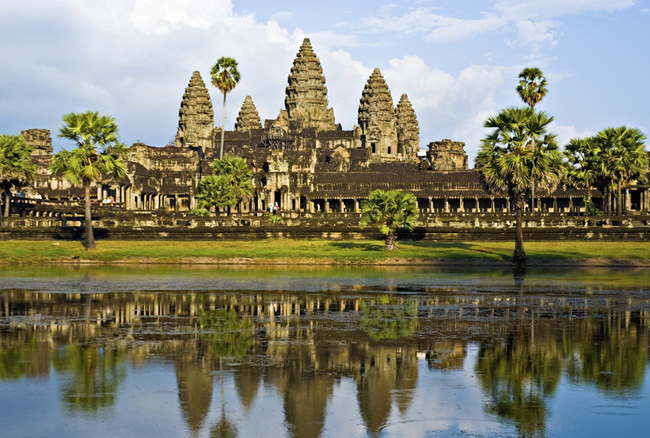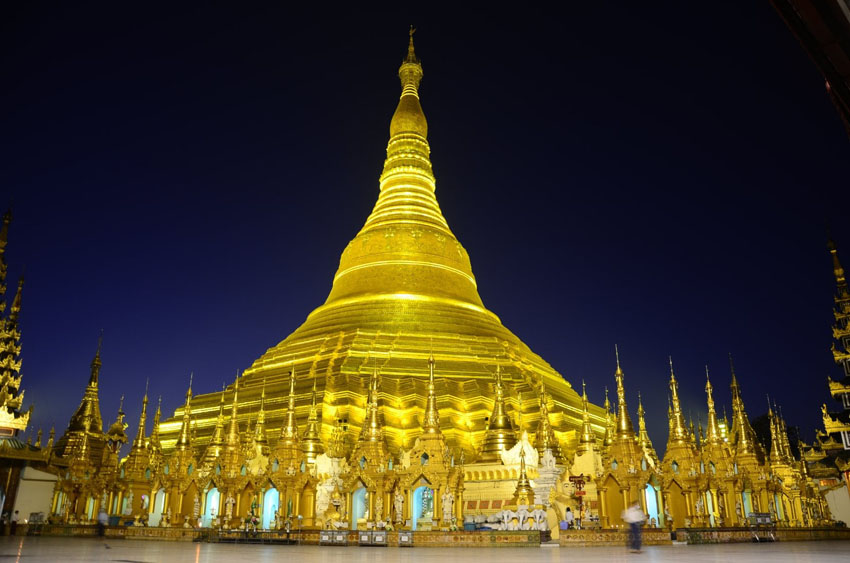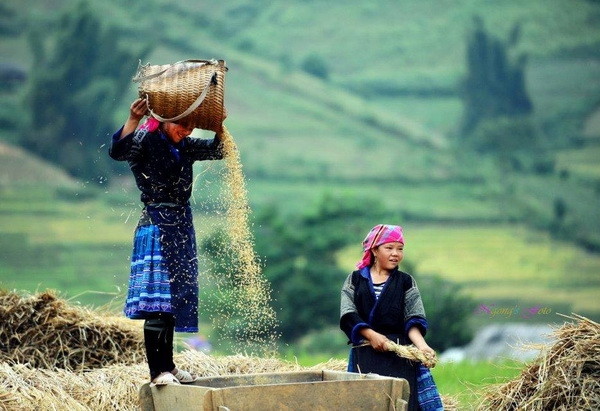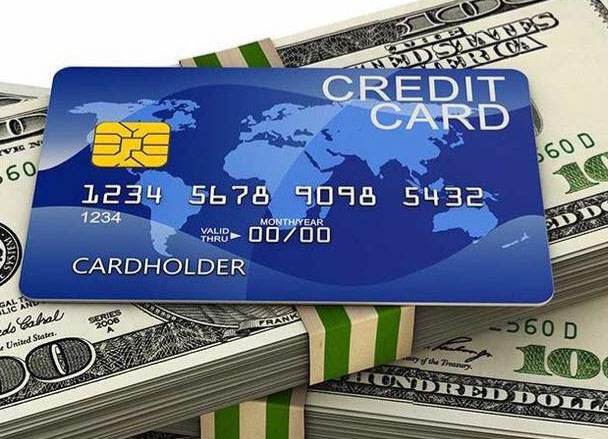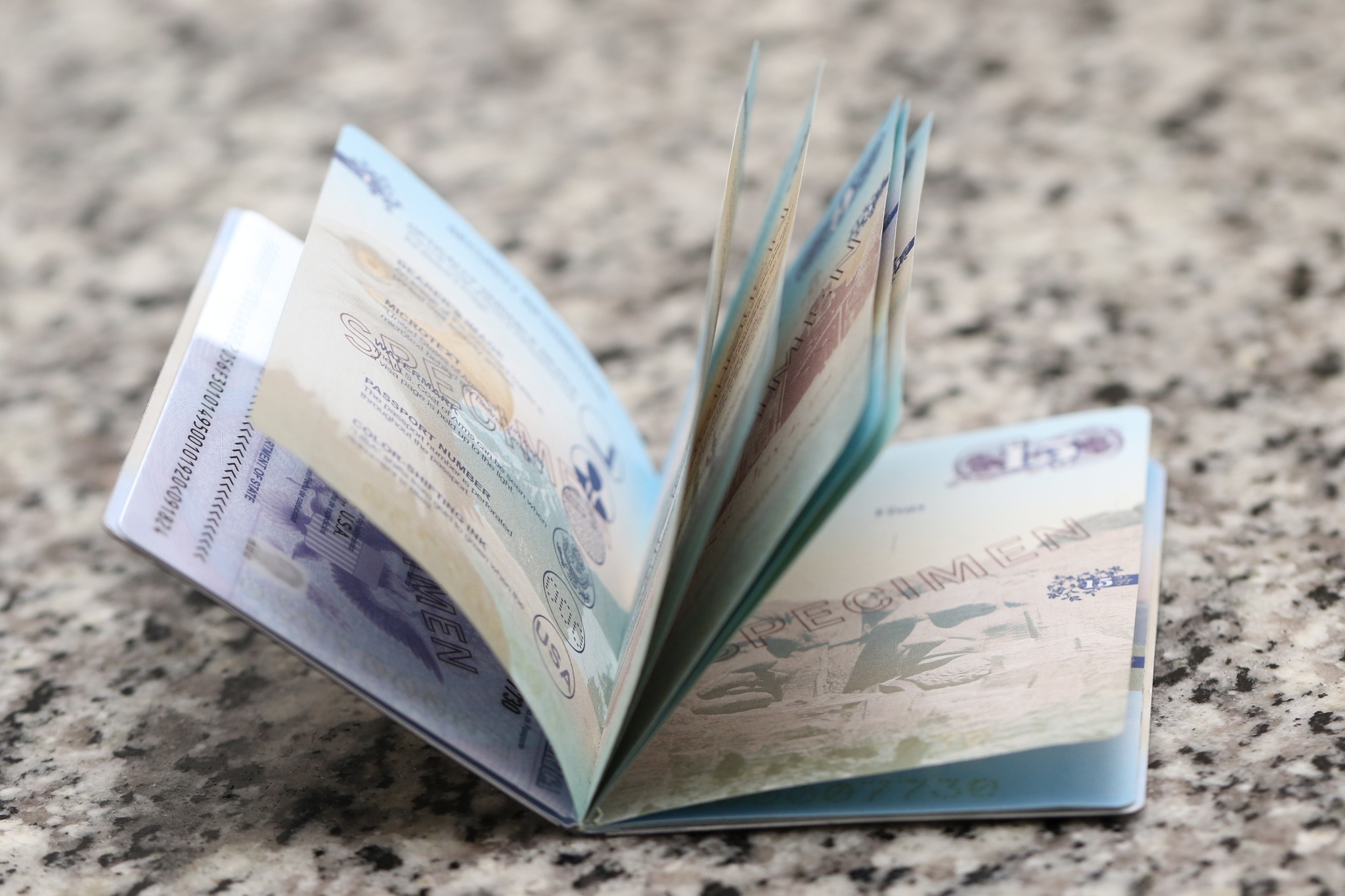Traditional Medicine in Vietnam
A number of traditional medical treatments are practised in Vietnam. Herbal medicine, much of it imported from China, is widely available and sometimes very effective. As with Western medicine, self-diagnosis is not advisable - see a doctor. Traditional Chinese doctors are found wherever a large Chinese community exists, including HCMC, Hanoi and Hoi An
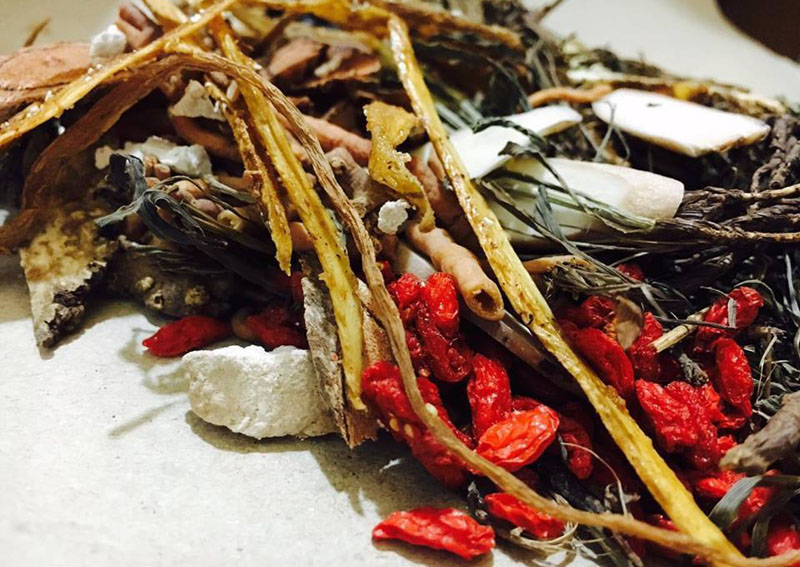
Vietnam Traditional Medicines
If you visit traditional Chinese doctors, you might be surprised by what they discover about your body. For example, the doctor will almost certainly take your pulse and then may perhaps tell you that you have a 'slippery' or 'thready' pulse. They have identified more than 30 different kinds of pulse. A pulse could be empty, prison, leisurely, bowstring, irregular or even regularly irregular. The doctor may then examine your tongue to see if it is slippery, dry, pale, greasy, has a thick coating or possibly no coating at all. The doctor, having discovered your ailment, such as wet heat, as evidenced by a slippery pulse and a red greasy tongue, will prescribe the proper herbs for your condition.
Once you have a diagnosis you may be treated by moxibustion, a traditional treatment whereby various types of herbs, rolled into what looks like a ball of fluffy cotton, are held near the skin and ignited. A slight variation of this method is to place the herb on a slice of ginger and then ignite it. The idea is to apply the maximum amount of heat possible without burning the patient. This heat treatment is supposed to be very good for diseases such as arthritis.
It is common to see Vietnamese people with long bands of red welts on their necks, foreheads and backs. Don't worry, this is not some kind of hideous skin disease, but rather a treatment known as cao gio, literally 'scrape wind'. In traditional Vietnamese folk medicine, many illnesses are attributed to 'poisonous wind', which can be released by applying eucalyptus oil or tiger balm and scraping the skin with a spoon or coin, thus raising the welts. The results aren't pretty, but the locals say this treatment is good for the common cold, fatigue, headaches and other ailments. Whether the cure hurts less than the disease is something one can only judge from experience.
Another technique to battle bad breezes is called giac hoi. This one employs suction cups, typically made of bamboo or glass, which are placed on the patient's skin. A burning piece of alcohol-soaked cotton is briefly put inside the cup to drive out the air before it is applied. As the cup cools, a partial vacuum is produced, leaving a nasty-looking but harmless red circular mark on the skin, which goes away in a few days. Looks pretty weird on the forehead though!
There is some solid evidence attesting to the efficacy of acupuncture. Some major surgical operations have been performed using acupuncture as the only anaesthetic (this works best on the head). In this case, a small electric current (from batteries) is passed through the needles.
If done properly the practice doesn't hurt. Knowing where to insert the needle is crucial. Acupuncturists have identified more than 2000 insertion points, but only about 150 are commonly used. The exact mechanism by which it works is not fully understood. Practitioners talk of energy channels or meridians that connect the needle insertion point to the particular organ, gland or joint being treated. The acupuncture point is sometimes quite far from the area of the body being treated.



